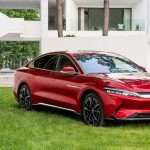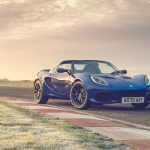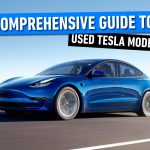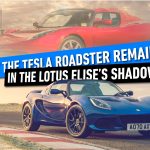In the not-so-distant past, the idea of a car whipping down the highway without a human at the wheel was the stuff of Jetsons cartoons and science fiction. Today, however, that vision is rapidly inching closer to reality. Car companies around the globe are in a heated race to develop autonomous driving technology, with some vehicles already offering a taste of this futuristic way of travel.
However, navigating this exciting new frontier can be tricky for potential buyers. Unlike a trip to the gas station, choosing a car with semi-autonomous features requires careful consideration. Each automaker has its own approach, resulting in a diverse range of systems with unique strengths and weaknesses.
Consider two of the biggest names in the industry: General Motors (GM) and Tesla. GM throws its hat into the ring with Super Cruise, a system it hails as “the first true hands-free driver assistance technology for compatible roads.” This implies a high level of automation, allowing for extended stretches of highway driving with minimal human intervention.
On the other hand, Tesla equips its new models with Autopilot, a program designed to usher in a new era of driving ease. Both Super Cruise and Autopilot represent significant advancements on the road to full autonomy, but this duo raises the question of which system truly stands out as the most promising.
UPDATE: 2024/04/13 07:00 EST BY ANIEBIET INYANG NTUI
As the landscape of driver-assistance technologies continues to evolve, this article has been meticulously reviewed and refreshed. This revision not only guarantees the accuracy of the information regarding both GM Super Cruise and Tesla Autopilot, but also delves into significant developments and feature additions within these systems.
In order to give you the most up-to-date and accurate information possible, the data used to compile this article was sourced from GM, Tesla and other reliable sources such as CarBuzz and HotCars.
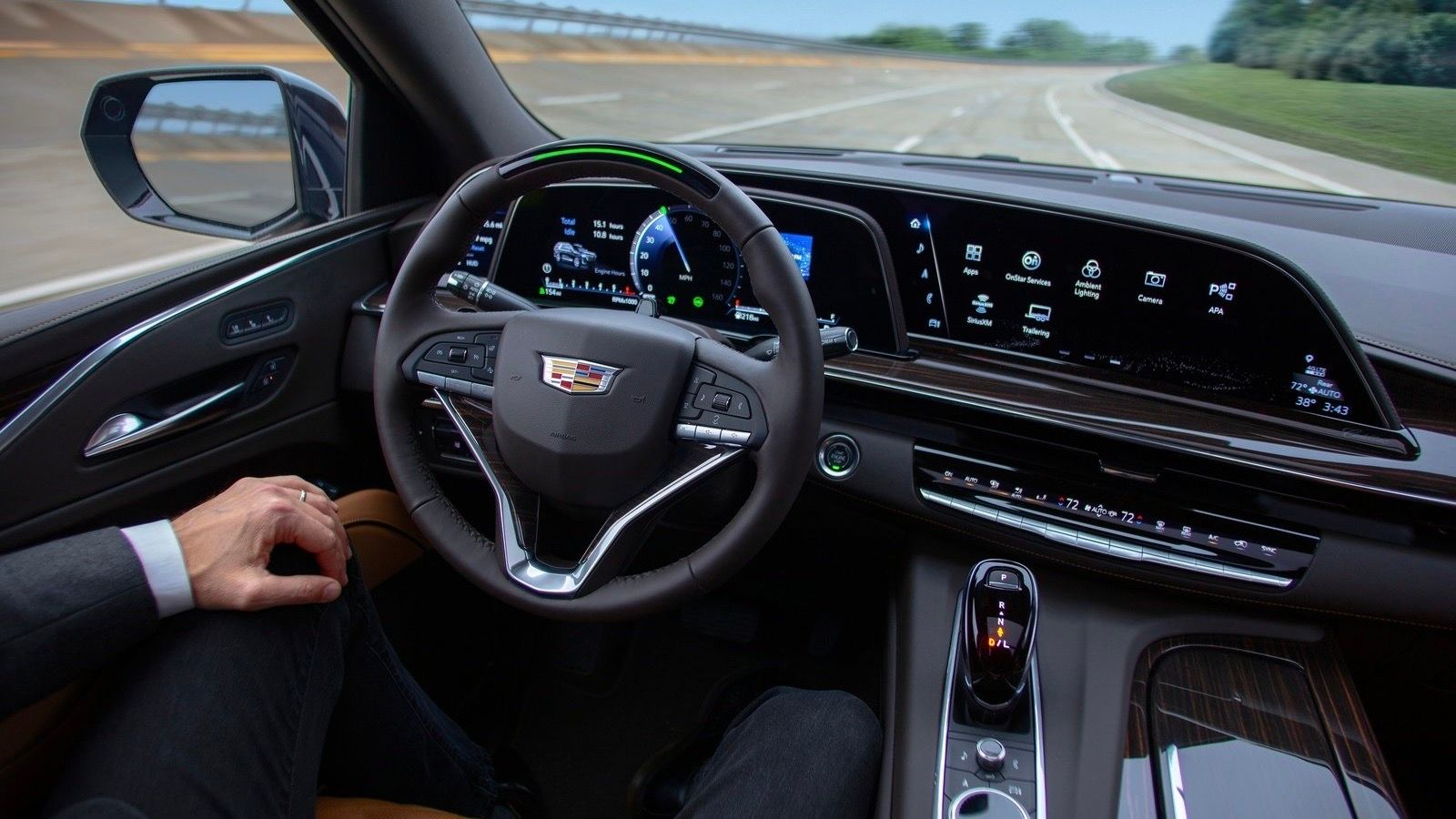
10 Things You Should Know About Cadillac’s Super Cruise
Autonomous driving is a hard pill to swallow for those who think it’s not ready for our roads, Here’s what Cadillac is doing to ease that transition
GM Super Cruise
Just over a decade ago, in April 2013, General Motors (GM) first announced the development of Super Cruise, aiming to revolutionize highway driving with a semi-autonomous system. This technology marked a significant step on the path towards achieving fully autonomous vehicles, envisioned for the future of transportation.
Today, Super Cruise stands out as a Level 2 driver-assistance system, offering drivers a compelling hands-free experience on compatible highways. While it does not fully replace human driving, Super Cruise represents an “innovative” leap forward, making long-distance travel more comfortable and convenient.
The Technology Behind Super Cruise
Imagine cruising down the highway, enjoying the scenery, and letting your Chevy handle much of the driving for you. That’s the promise of SuperCruise, a hands-free driver assistance technology for compatible roads. It’s a sophisticated suite of technologies designed to enhance your highway driving experience while keeping you firmly in control.
- Sensor Fusion: Super Cruise seamlessly merges data from multiple sources to build a comprehensive picture of the driving environment. This includes high-resolution cameras for precise lane positioning, LiDAR mapping for detailed road information, radars to detect surrounding vehicles, and GPS for real-time location awareness.
- Automated Steering and Braking: Under suitable conditions, Super Cruise can take control of steering and braking, enabling extended periods of hands-free driving on compatible highways. This reduces driver fatigue and allows for a more relaxing driving experience.
- Adaptive Cruise Control and Lane Centering: Super Cruise integrates these features to maintain a safe following distance from traffic ahead and keep the vehicle centered within its lane. This provides a smoother and more controlled driving experience, especially during long journeys.
- Super Cruise with Trailering: Even when towing a compatible trailer, Super Cruise can automatically adjust the following distances to account for the extra stopping distance needed.
- Automatic Lane Change: When encountering slower traffic on the highway, Super Cruise can assist with lane changes. With proper driver activation and under certain conditions, the system can initiate the turn signal, smoothly change lanes, pass the slower vehicle, and return to the original lane – all without the driver needing to touch the steering wheel.
- Lane Change on Demand: By simply activating the turn signal and meeting certain criteria, Lane Change on Demand allows Super Cruise to automatically check for an opening in the desired lane and perform a lane change maneuver without further driver input.
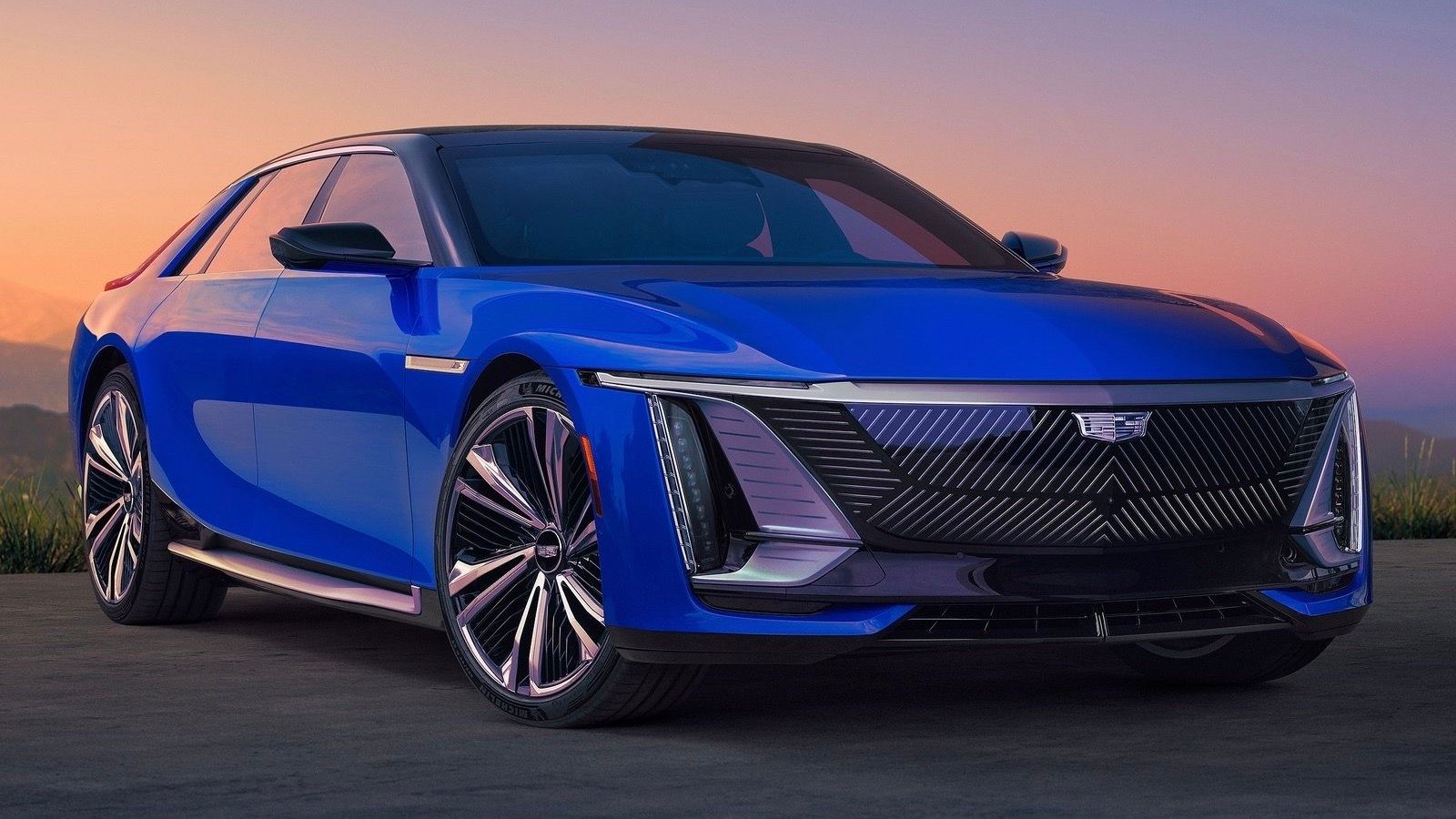
Why Cadillac’s Super Cruise is Better Than Tesla Autopilot and FSD
Explore why Cadillac’s Super Cruise outshines Tesla’s Autopilot and FSD in advanced driving assistance.
The Super Cruise Network Is Expanding Rapidly
Offering Hands-Free Driving On Over 750,000 Miles
Super Cruise has undergone significant expansion since its initial launch with limited applicability on approximately 130,000 miles of divided highways in North America. Since then, GM has diligently expanded compatible roads, with over 200,000 miles now available for Bolt EUV drivers and 400,000 miles accessible for drivers of other select Super Cruise-enabled Chevy vehicles.
Building on this momentum, GM says it is committed to further annual growth, ensuring that Super Cruise becomes an even more versatile driving companion. With such a vast and continuously expanding network of compatible roads, GM’s Super Cruise is attempting to lead the charge in transforming highway driving into a more convenient and relaxing experience.
…we continue to look for ways to expand access to hands-free driving on more vehicles and roads for customers to experience.
– GM Spokesperson, Aimee Ridella
Super Cruise Availability Across The GM Family
General Motors offers its Super Cruise hands-free driver assistance technology on over 22 vehicles across its Cadillac, Chevrolet, and GMC brands. These include several Cadillac models: the Escalade, Escalade-V, CT4, CT4-V, CT5, CT5-V, XT6, and LYRIQ. Chevrolet offers Super Cruise on the Bolt EUV, Tahoe (Premier and High Country trims only), Suburban (Premier and High Country trims only), Blazer EV, Equinox EV, and Silverado EV. GMC equips the Hummer EV in both pickup and SUV configurations with Super Cruise.
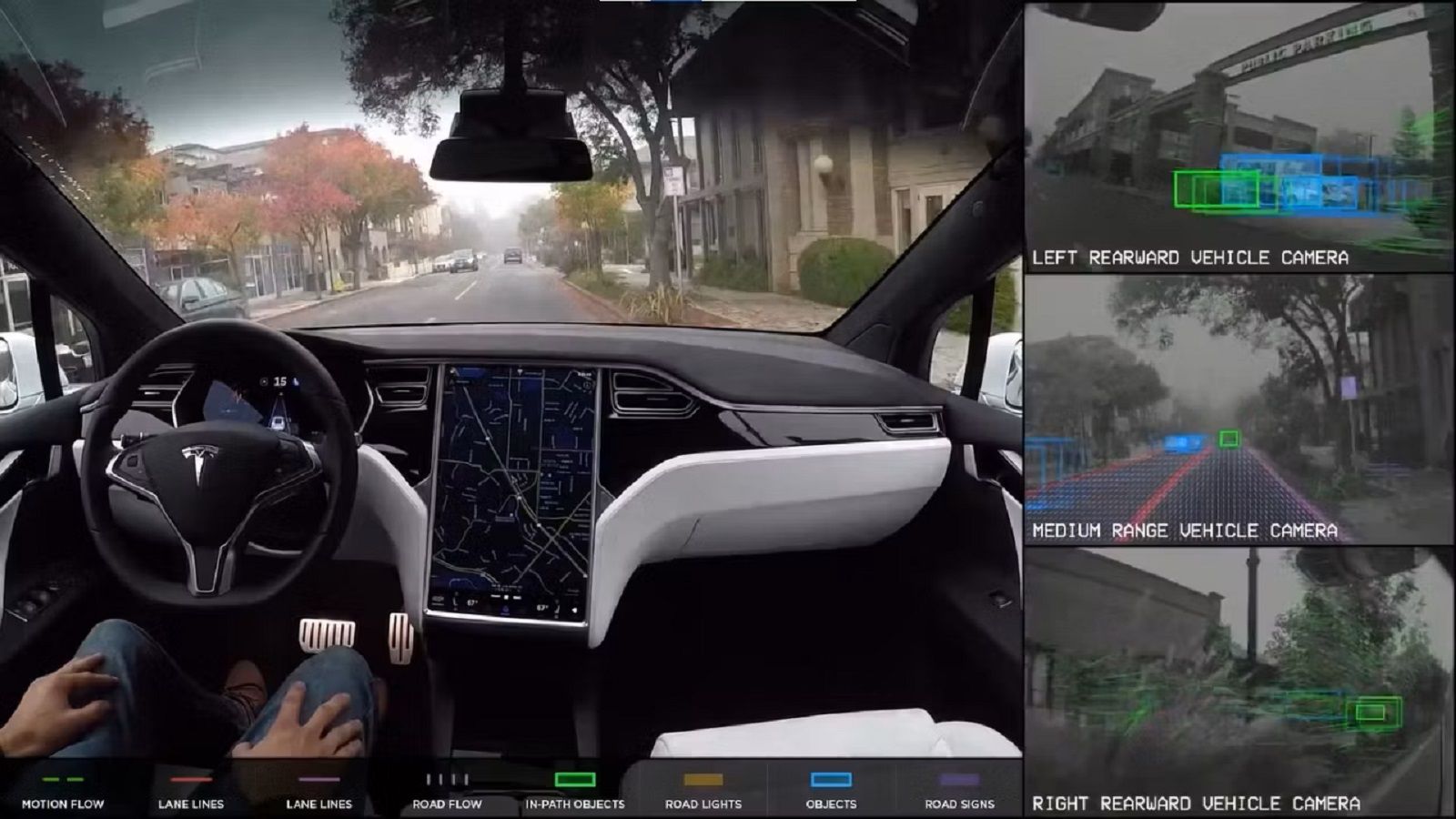
Here’s Why Tesla’s Autopilot Isn’t The Best Self-driving Tech Currently
Tesla’s Autopilot has been around for a long time, but it appears to have relinquished its former glory to more aggressive competitors.
Tesla Autopilot
Tesla’s Autopilot system, unveiled in 2015, marked a significant leap in driver-assistance technology. Arriving two years after General Motors started work on the Super Cruise, Autopilot promised a similar level of autonomy: Teslas could accelerate, brake, and steer themselves under certain conditions. While groundbreaking at the time, Autopilot’s core functionalities – lane-keeping assistance and lane-centering – are now more common features in many advanced driver-assistance systems (ADAS).
A key differentiator for Tesla lies in its broader Autopilot availability. Unlike Super Cruise, which is restricted to specific models and highway use, Autopilot comes standard on all commercial Tesla vehicles – the Model 3, Model S, Model X, Model Y and the Cybertruck. This democratization of advanced driver-assistance features makes Tesla a leader in equipping its entire lineup with this technology.
Autopilot Utilizes Cameras, Sensors, And Driver Monitoring For Safety
Tesla’s Autopilot system relies on a “sophisticated” sensor suite to navigate the road. Cameras, ultrasonic sensors, and radar work in concert to provide a 360-degree view of the vehicle’s surroundings. This allows Autopilot to not only track lane markings but also detect and react to the presence of other vehicles on the road.
As Tesla prioritizes driver safety, newer Autopilot iterations incorporate a torque sensor in the steering wheel and a rearview camera to monitor driver engagement. Audible warnings alert inattentive drivers, and if these warnings are ignored, Autopilot will disengage and bring the car to a safe stop. Beyond the standard Autopilot features, Tesla offers two additional upgrade packages: Enhanced Autopilot and Full Self-Driving Capability (FSD).
The Autopilot Packages Offer Advanced Features
Enhanced Autopilot builds upon the functionalities of Autopilot by introducing features like automatic lane changes for highway driving, navigating tight parking spaces with Autopark, and Smart Summon. Smart Summon allows drivers to remotely call their car from a parking spot, a feature particularly useful in crowded parking lots or narrow garages.
Tesla’s most advanced option, FSD, pushes the boundaries of driver assistance even further. FSD equips Tesla vehicles with the ability to identify and respond to traffic signals through a feature called Traffic and Stop Sign Control. This represents a significant step towards true autonomous driving in controlled environments.
Tesla Is Developing Tech For City Street Autopilot
Additionally, Tesla is developing technology to integrate Autosteer functionality onto city streets within the FSD system. Tesla already has a beta test of “Autosteer on City Streets”. This future iteration would mark a considerable advancement, allowing for a more hands-off driving experience on urban roadways.
However, it’s crucial to remember that even with these advancements, Autopilot and FSD are currently classified as Level 2 on the SAE International’s six levels of driving automation. This means that these systems are driver-assistance features, not replacements for a human driver.
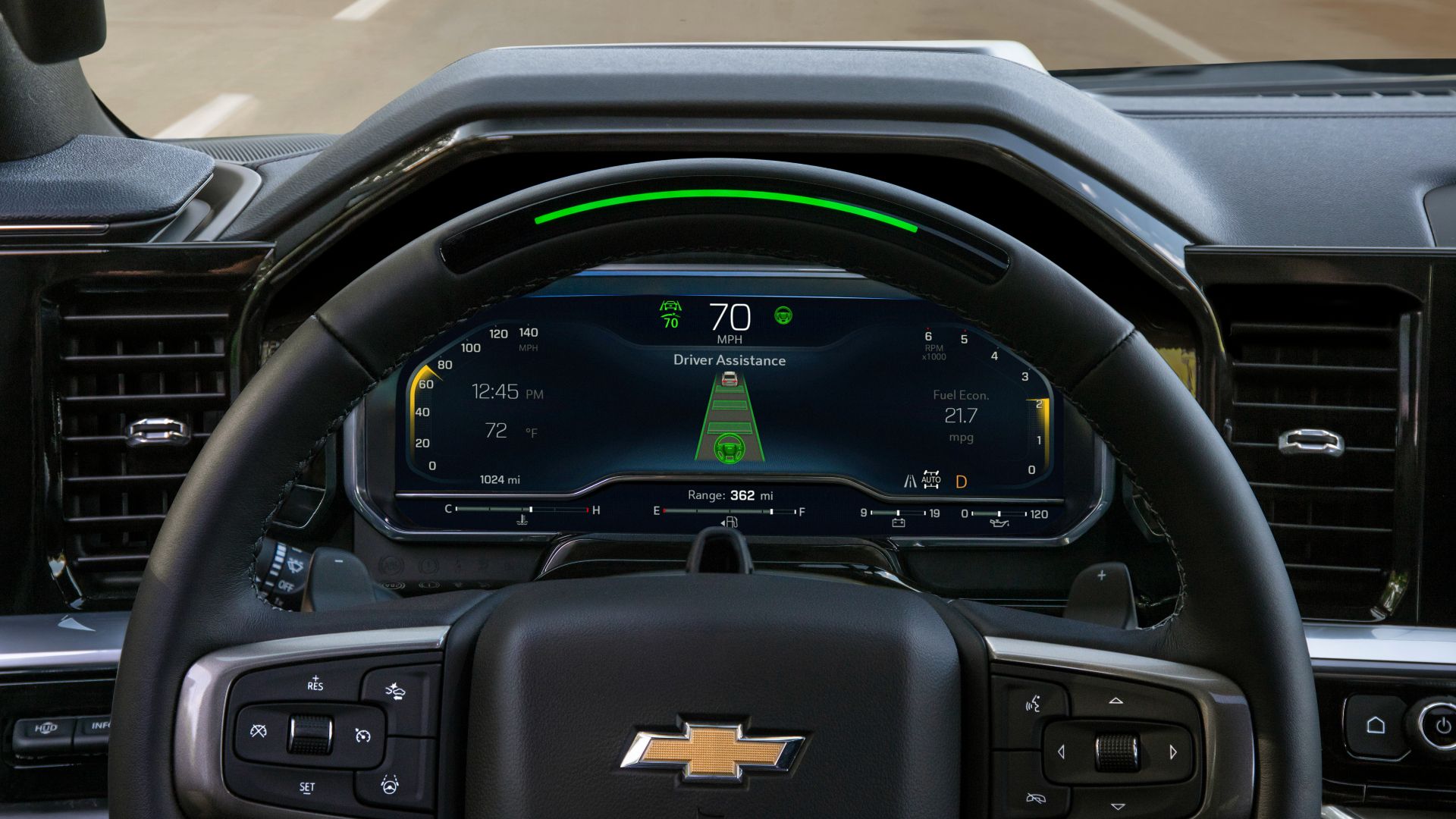
Explained: Levels Of Autonomous Driving
Autonomous driving is here, but what does that mean exactly?
Super Cruise vs. Autopilot
A Battle Of Mapping And Machine Learning
In the ongoing quest for autonomous driving, car manufacturers are constantly innovating driver-assistance features. Both General Motors’ Super Cruise and Tesla’s Autopilot offer a glimpse into a future where cars handle some of the driving duties.
It’s crucial to remember that both Super Cruise and Autopilot are classified as Level 2 on the SAE International’s Levels of Automation scale. This means that they are advanced driver-assistance systems (ADAS), not fully self-driving cars. While they can manage steering, acceleration, and braking under specific conditions, the driver remains ultimately responsible and must stay engaged at all times.
Map-Based Confidence
Super Cruise excels on pre-mapped highways. It utilizes high-precision LiDAR map data combined with cameras and radar sensors to meticulously maintain lane positioning and navigate compatible stretches of road. This approach fosters a smooth and reliable experience on well-defined routes. However, Super Cruise’s dependence on pre-mapped data limits its applicability on unfamiliar roads or those lacking comprehensive mapping.
A Neural Network On Wheels
Tesla’s Autopilot takes a different path. It leverages a network of cameras to capture real-time visual data of the driving environment. This information is then processed by a powerful neural network, enabling Autopilot to continuously learn and adapt to its surroundings.
This approach grants Autopilot greater flexibility in handling unexpected situations or navigating unmapped roads. Additionally, Tesla employs a crowdsourcing technique where data from all Tesla vehicles using Autopilot is aggregated and anonymized to further enhance the system’s capabilities. This collective learning process allows Autopilot to constantly improve over time.
Beyond The Core Functionalities
The battle between Super Cruise and Autopilot extends beyond their core functionalities. Tesla’s Autopilot offers additional features as part of its Enhanced Autopilot and Full Self-Driving (FSD) packages. These features include automatic lane changes, navigating on-ramps and off-ramps, and even recognizing and responding to traffic signals (when equipped with the proper hardware). While Super Cruise offers some lane change assistance on compatible highways, it currently lacks the feature depth found in Tesla’s advanced Autopilot packages.
GM Super Cruise Vs. Tesla Autopilot Feature Comparison
|
GM Super Cruise |
Tesla Autopilot |
|
|
Trailering |
YES |
N/A |
|
Lane Change on Demand |
YES |
YES |
|
Automatic Lane Change |
YES |
YES |
|
Driver attention system |
YES |
YES |
|
Driver facing camera |
YES |
YES |
(Data sourced from GM & Tesla)
Deciding which system reigns supreme is an ongoing debate. Super Cruise offers a polished experience on mapped highways, while Autopilot provides greater adaptability and the potential for future growth through its reliance on AI and machine learning. Ultimately, the “better” system depends on individual needs and priorities. Drivers who frequently travel on well-mapped highways might find Super Cruise’s reliability appealing.
Conversely, those who desire a more versatile system with the potential for continuous improvement might favor Autopilot. Both Super Cruise and Autopilot represent significant advancements in driver-assistance technology. As these systems continue to evolve, the lines between Level 2 and higher levels of autonomy may blur. It’s an exciting time for the automotive industry, and both GM and Tesla are at the forefront of this technological revolution.


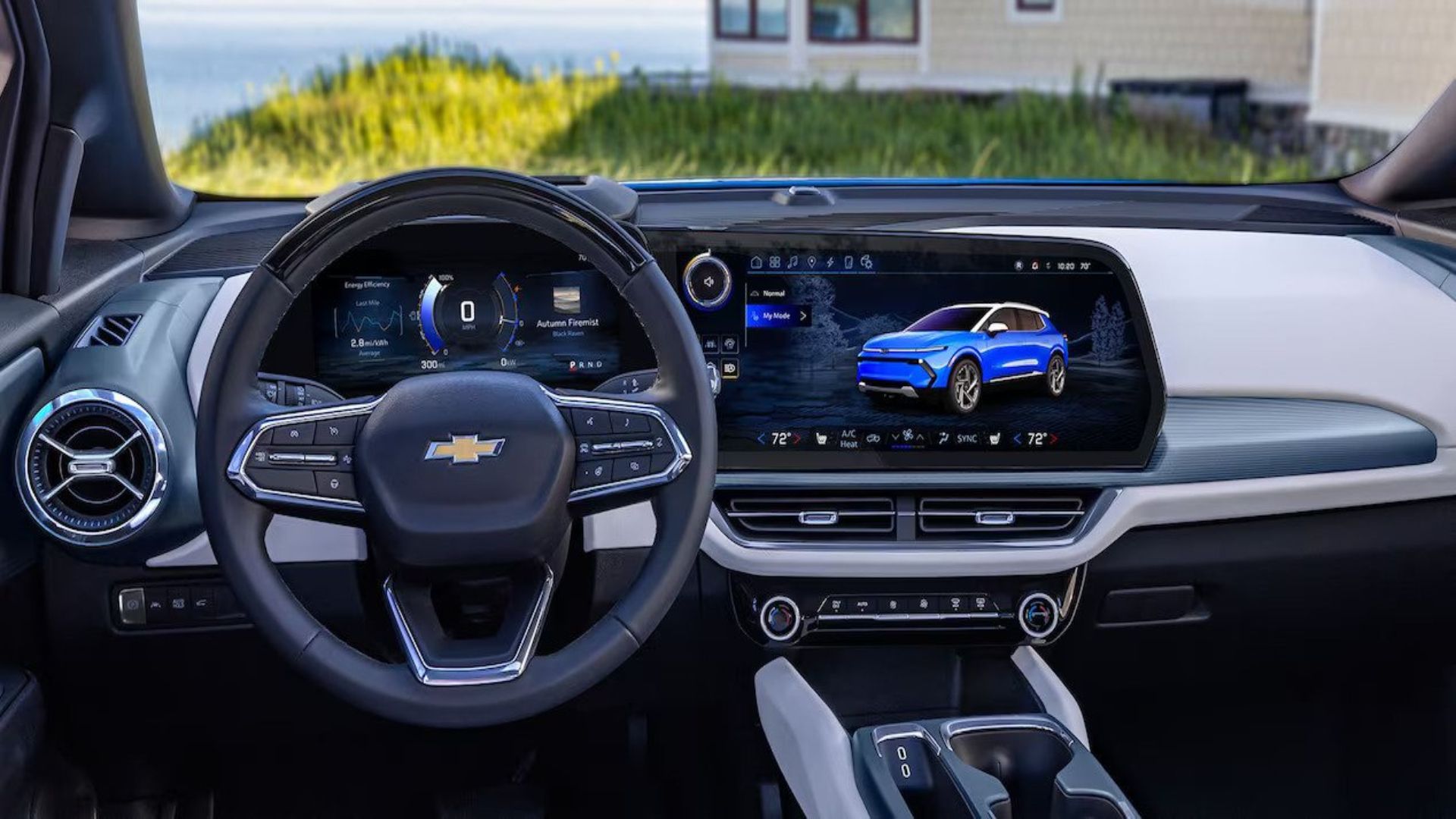
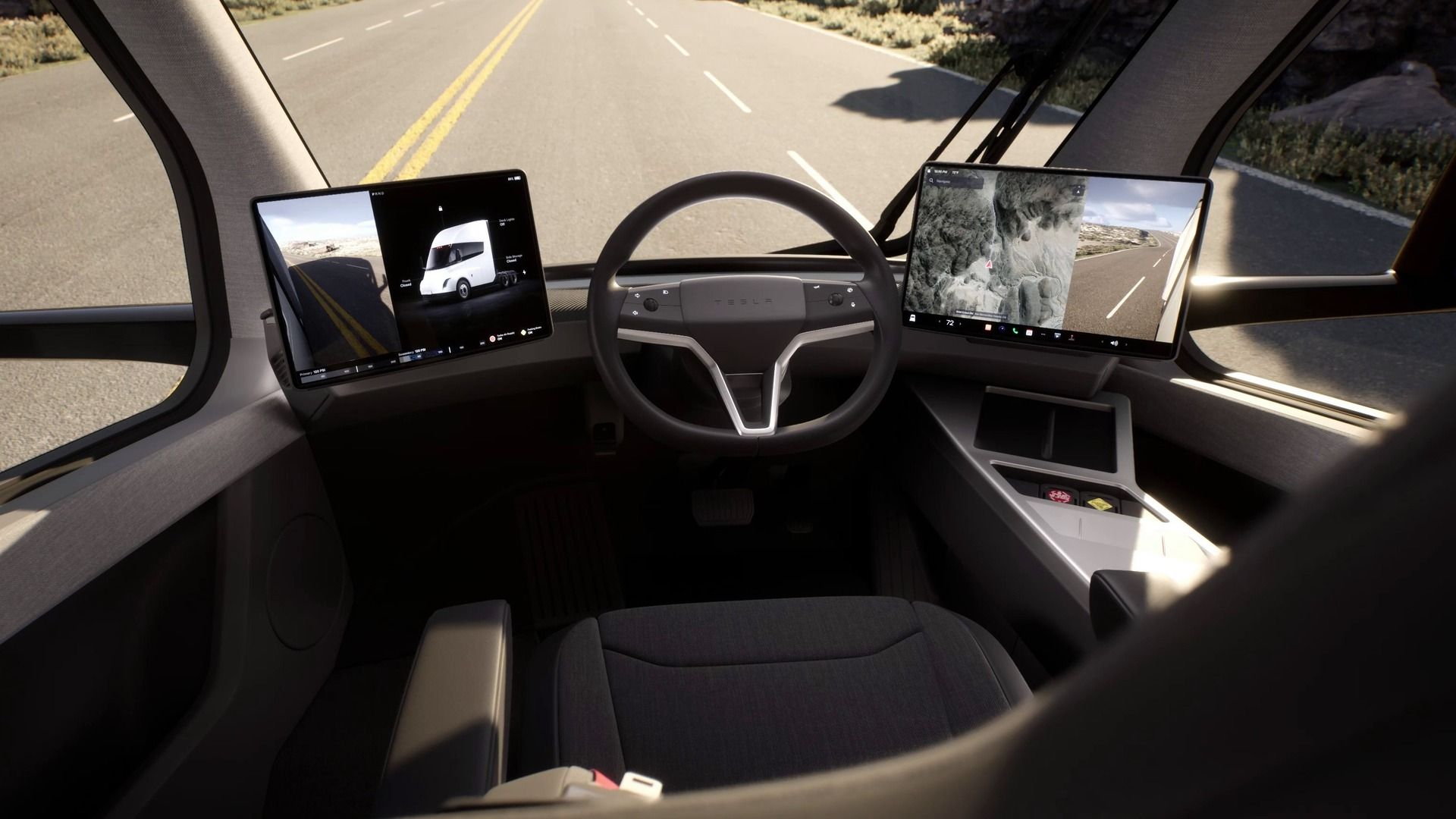
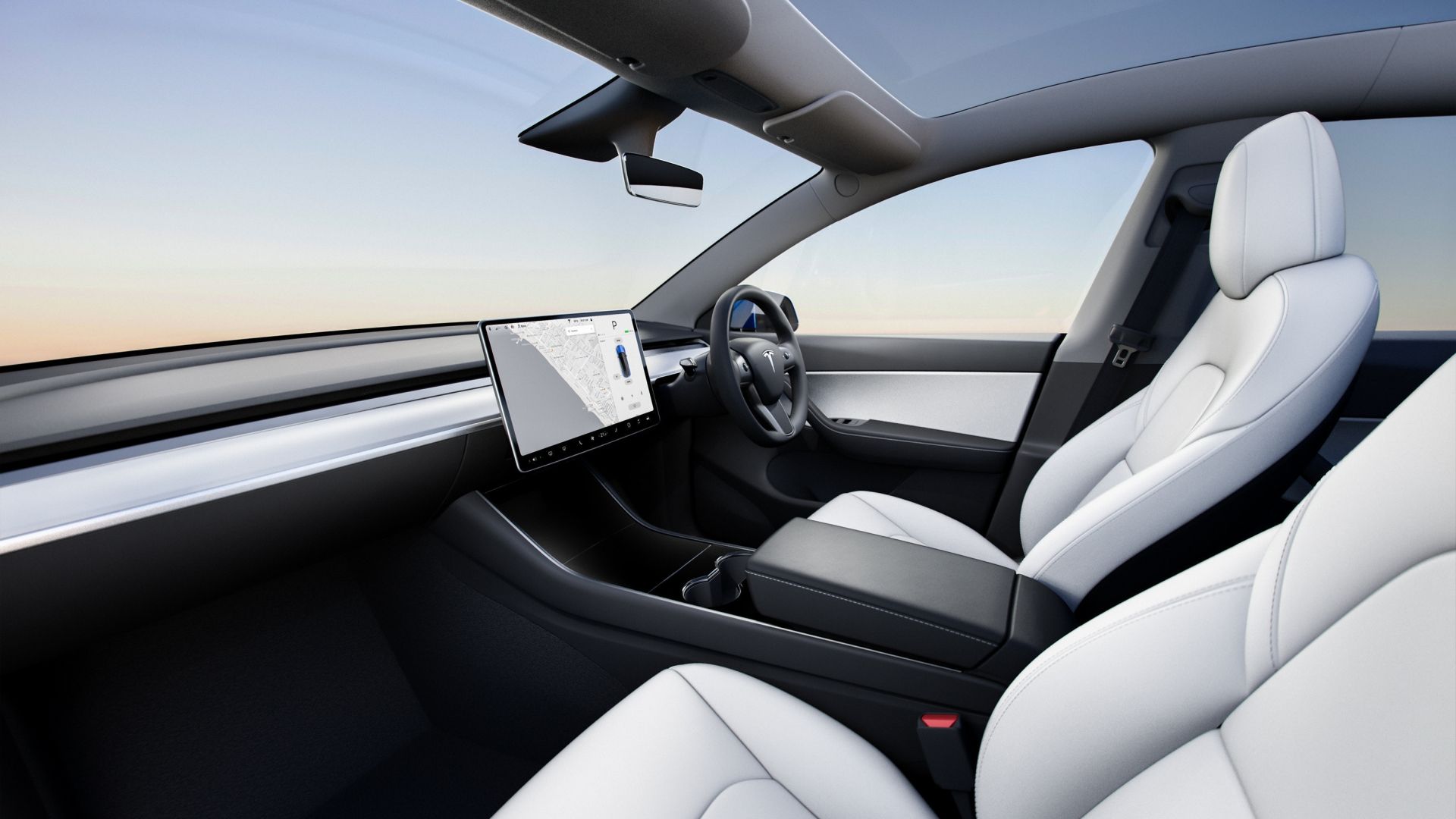
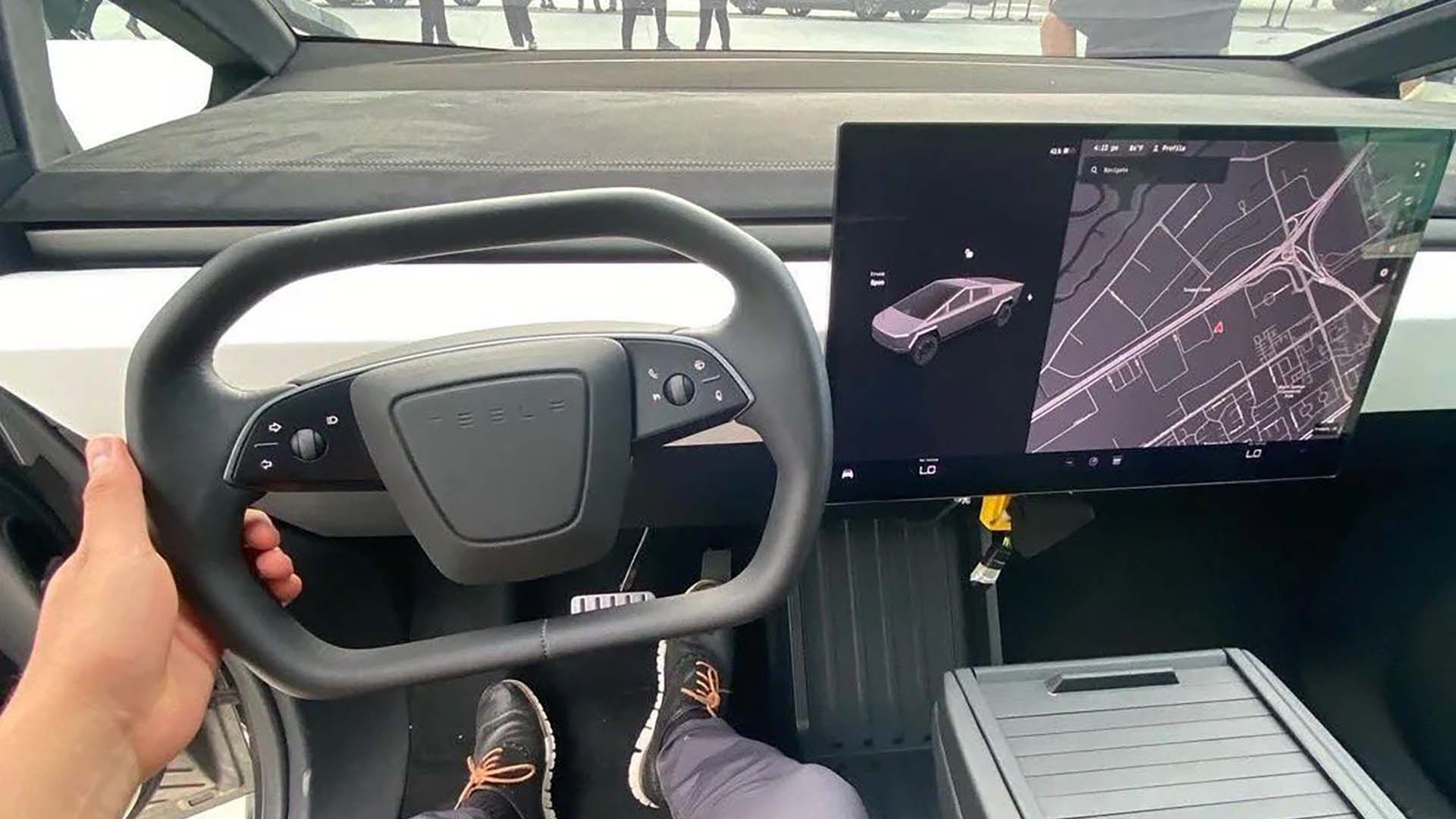
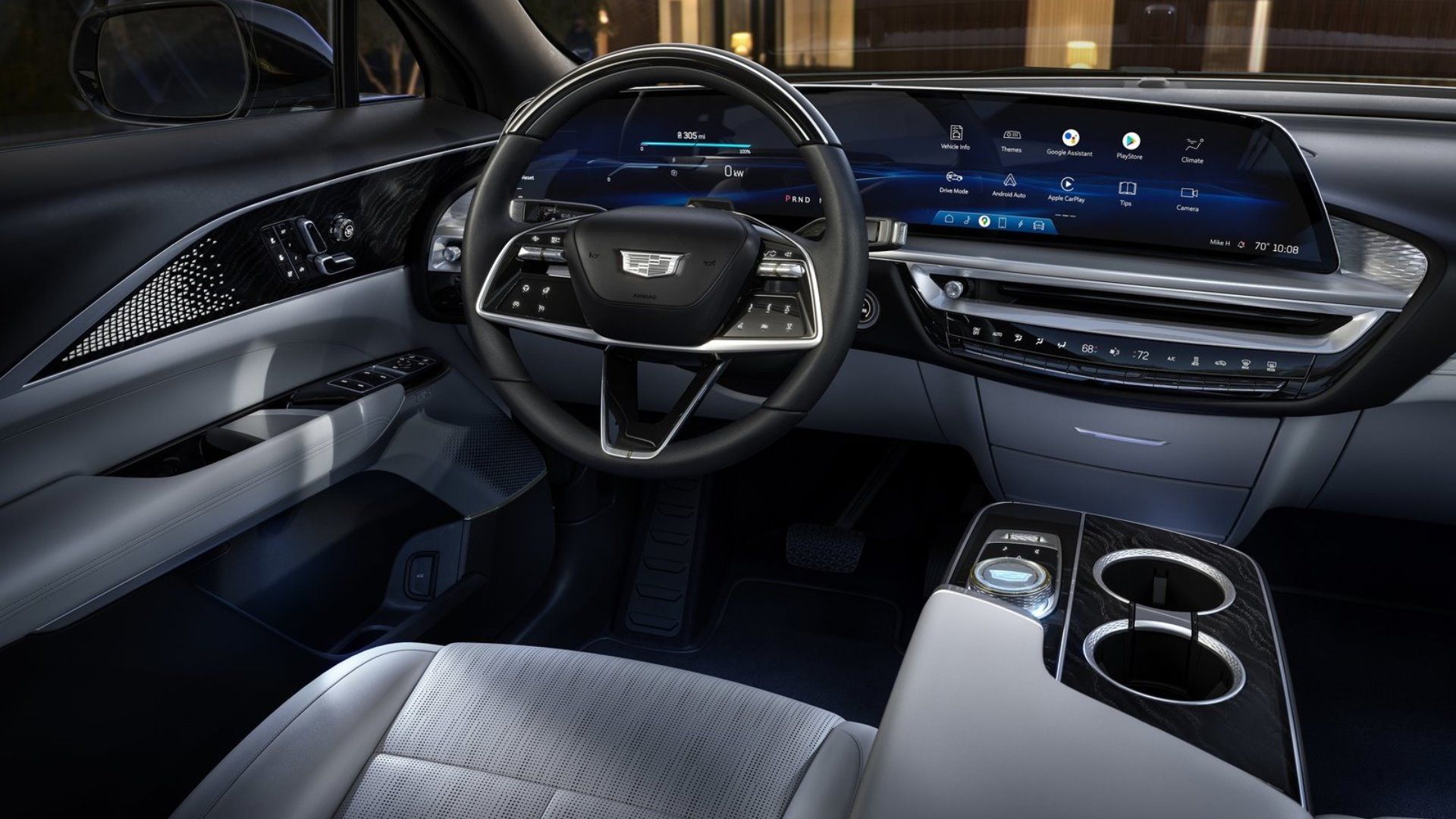
.jpg)
